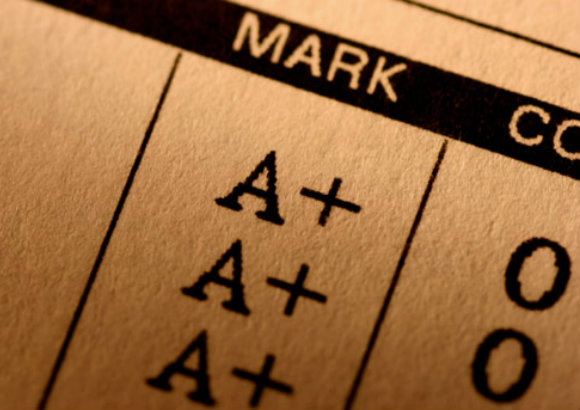4 biggest differences between Asian, American schools
 Schooladvisor Team
Schooladvisor TeamWhat sets these Asian countries apart from their western counterpart?
We uncover 4 biggest differences between public education in American and Asian schools.

1. Class participation
In America, every student is encouraged to openly discuss the material with classmates and the teacher, as participation is an important element of the American education system. On the other hand, courses in most Asian education systems are heavily lecture-based, meaning that teachers unilaterally transfer information to students. While the teacher is talking, students are taking meticulous notes, trying to copy as much as they can.There are of course teachers in Asian schools who encourage discussions among students, but most do not put much emphasis on participation. Even if the teacher asks a question, students shy away from answering them as they are embarrassed of speaking in front of their classmates or afraid of getting the answer wrong.
2. Relationship between teacher and student
 In America where there is less social hierarchy than Asia, the relationship between students and teachers is more casual and friendly. American students talk to teachers more freely and teachers respect students’ opinion. On the other hand, there is a clear hierarchy between teachers and students in Asia. Students are expected to show respect to teachers and avoid disagreeing with them as much as possible.While it is normal for American students to have casual conversations with their teachers about their day or the weather, it is rare for Asian students. Due to the hierarchical and formal relationship, the thought of talking to teachers about matters outside school make most students cringe.
In America where there is less social hierarchy than Asia, the relationship between students and teachers is more casual and friendly. American students talk to teachers more freely and teachers respect students’ opinion. On the other hand, there is a clear hierarchy between teachers and students in Asia. Students are expected to show respect to teachers and avoid disagreeing with them as much as possible.While it is normal for American students to have casual conversations with their teachers about their day or the weather, it is rare for Asian students. Due to the hierarchical and formal relationship, the thought of talking to teachers about matters outside school make most students cringe.
3. Grading system

4. The role of enrichment classes

Recent Articles
- How Malaysia’s Landscapes Inspire International School Leaders and Their Families
- Do You Know Your Child’s Learning Style? (And Which Education System Brings Out Their Best)
- The Heart of an International School Is Homegrown
- Meet the Visionaries: Rami Madani, Head of School at ISKL, on His Vision for Meaningful Education
- The British vs. American vs. Australian Curriculum: Which is Right for Your Child?

